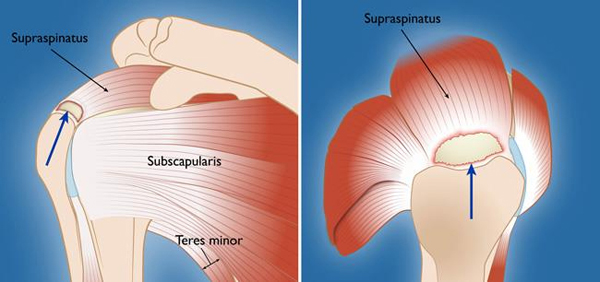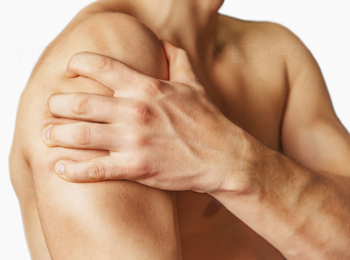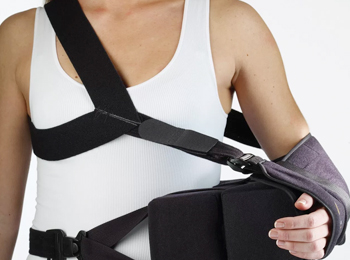Dr. Biplab Dolui
MS (Orthopaedics), AFTS Fellow (Paris), Consultant Arthroscopist, Joint Replacement & Trauma Surgeon
MS (Orthopaedics), AFTS Fellow (Paris), Consultant Arthroscopist, Joint Replacement & Trauma Surgeon
Rotator cuff repair is surgery to repair a torn tendon in the shoulder. The procedure can be done with a large (open) incision or with shoulder arthroscopy, which uses smaller incisions.
The rotator cuff is a group of muscles and tendons that form a cuff over the shoulder joint. These muscles and tendons hold the arm in its joint and help the shoulder joint to move. The tendons can be torn from overuse or injury.

You will likely receive general anesthesia before this surgery. This means you will be asleep and unable to feel pain. Or, you will have regional anesthesia. Your arm and shoulder area will be numbed so that you do not feel any pain. If you receive regional anesthesia, you will also be given medicine to make you very sleepy during the operation.
Three common techniques are used to repair a rotator cuff tear:
• During open repair, a surgical incision is made and a large muscle (the deltoid) is gently moved out the way to do the surgery. Open repair is done for large or more complex tears.
• During arthroscopy, the arthroscope is inserted through small incision. The scope is connected to a video monitor. This allows the surgeon to view the inside of the shoulder. One to three additional small incisions are made to allow other instruments to be inserted.
• During mini-open repair, any damaged tissue or bone spurs are removed or repaired using an arthroscope. Then during the open part of the surgery, a 2- to 3-inch (5 to 7.5 centimeters) incision is made to repair the rotator cuff.
To repair the rotator cuff:
• The tendons are re-attached to the bone.
• Small rivets (called suture anchors) are often used to help attach the tendon to the bone. The suture anchors can be made of metal or material that dissolves over time, and do not need to be removed.
• Sutures (stitches) are attached to the anchors, which tie the tendon back to the bone.
At the end of the surgery, the incisions are closed, and a dressing is applied. If arthroscopy was performed, most surgeons take pictures of the procedure from the video monitor to show you what they found and the repairs that were made.

Why the Procedure is Performed
Reasons rotator cuff repair may be done include:
• You have shoulder pain when you rest or at night, and it has not improved with exercises over 6 to 12 months.
• You are active and use your shoulder for sports or work.
• You have weakness and are unable to do everyday activities.
Surgery is a good choice when:
• You have a complete rotator cuff tear.
• A tear was caused by a recent injury.
• Several months of physical therapy alone hasn't improved your symptoms.
A partial tear may not require surgery. Instead, rest and exercise are used to heal the shoulder. This approach is often best for people who do not place a lot of demand on their shoulder. Pain can be expected to improve. However, the tear may become larger over time.

Risk Factor
Risks for anesthesia and surgery in general are:
• Allergic reactions to medicines
• Problems breathing
• Bleeding, blood clots, infection
Risks for rotator cuff surgery are:
• Failure of surgery to relieve symptoms
• Injury to a tendon, blood vessel or nerve
